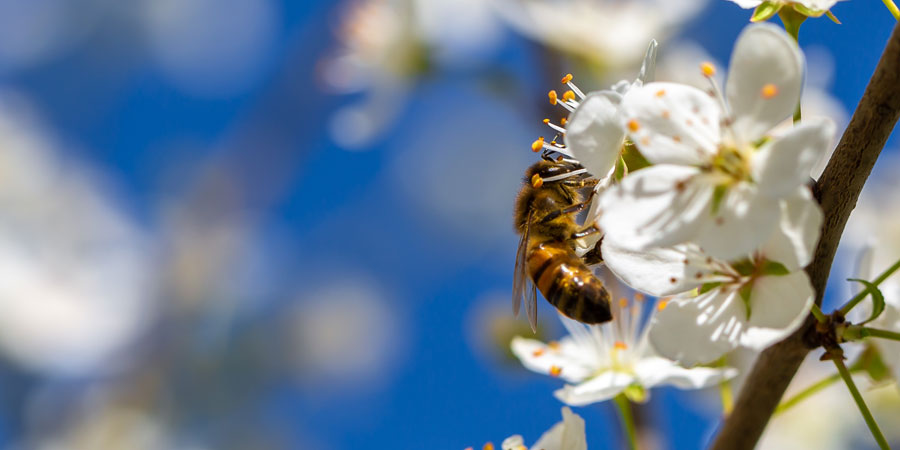Diet and environmental impact : climate, water footprints, and biodiversity
Editorial

Si vous voulez participer à atténuer le changement climatique, à favoriser une utilisation plus efficace de l’eau et à renforcer la biodiversité, mangez plus sainement en donnant plus de place aux fruits et légumes !
Les trois études présentées dans ce numéro montrent que c’est possible. Reste à présent à savoir comment généraliser de telles expérimentations réalisées à l’échelle nationale. Cependant, l’essence de ces études pointe dans une direction prometteuse et claire.
Il reste régalement une question qui pourrait paraître simple : Si ces études sont fidèles à la réalité, pourquoi l’humanité et les systèmes alimentaires n’évoluent-ils pas naturellement dans cette direction prometteuse ? Pourquoi les preuves scientifiques actuelles ne sont-elles pas le levier nécessaire à la transformation ?
Il n’y a pas de réponse simple à ces questions. En effet, les systèmes alimentaires sont complexes et impliquent de nombreux moteurs. En tant que président d’une fondation soutenant la R&D pour la transformation des systèmes alimentaires, et scientifique travaillant depuis de nombreuses années au développement de chaînes de valeurs alimentaires végétales durables, j’identifie un aspect qui pourrait accélérer la transformation nécessaire : étudier et renforcer la création de valeur associée aux évolutions envisagées.
Il est essentiel que l’horticulture conserve son haut potentiel de création de valeur et son esprit de compétition entrepreneuriale.
Considérons d’abord les trois études mentionnées ci-dessus :
- L’étude de Trolle et Lassen évalue la réduction d’empreinte carbone associée au passage des habitudes alimentaires des danois aux nouvelles recommandations de consommation alimentaires nationales, destinées à améliorer la santé et à lutter contre le changement climatique. L’utilisation de données d’analyse de cycle de vie issues de deux bases de données montre que l’évolution des habitudes alimentaires des danois permettrait de réduire l’empreinte carbone de leur alimentation de 31 à 43% selon la base de données utilisée.
- L’article de Gallo évalue l’efficacité d’un système personnalisé de recommandations de recettes pour réduire l’empreinte en eau de l’alimentation des italiens. Le système proposé s’appuie sur les préférences individuelles pour recommander des recettes présentant une empreinte eau plus basse et un meilleur équilibre alimentaire.
- Enfin, le travail de Ferguson-Gow et Colombo évalue deux scenarios de changement d’usage de terres agricoles destinées à l’élevage bovin pour permettre la production suffisante de légumes et couvert végétal. Les résultats montrent que de tels scenarios représentent un gain potentiel pour la biodiversité avec :
– Plusieurs espèces gagnant en surface habitable moyenne,
– Une atténuation des impacts négatifs du changement climatique sur la biodiversité grâce à une évolution des habitudes alimentaire (réduction des consommations de viande au profit des légumes).
Lukas Bertschinger préside le Conseil d’admnistration de la fondation Müller-Thurgau, une institution qui fournit un soutien à la R&D appliquée pour faciliter la transformation des systèmes alimentaires à base de produits végétaux, y compris l’horticulture. La fondation porte le nom du botaniste, phytogénéticien, horticulteur, technologue alimentaire et microbiologiste de renommée mondiale, le professeur Hermann Müller-Thurgau, et s’efforce d’entretenir son esprit de transformation interdisciplinaire, fondé sur la science et orienté vers l’impact, en soutenant des projets de R&D. M. Bertschinger, agronome, phytopathologiste et horticulteur, a fait carrière dans des institutions de recherche appliquée mondiales et nationales en tant que scientifique et directeur de recherche. Il dirige aujourd’hui sa société klb-innovation, qui fournit une expertise pour la transformation de la chaîne de valeur agroalimentaire, et enseigne à l’École polytechnique fédérale de Zurich (ETH Zürich) un cours de maîtrise en horticulture. En tant que co-fondateur de plusieurs partenariats public-privé et spin-offs, il souhaite favoriser la création de valeur co-créative en réunissant davantage les forces de l’écosystème de l’innovation parmi les nombreux acteurs des chaînes de valeur concernées.

